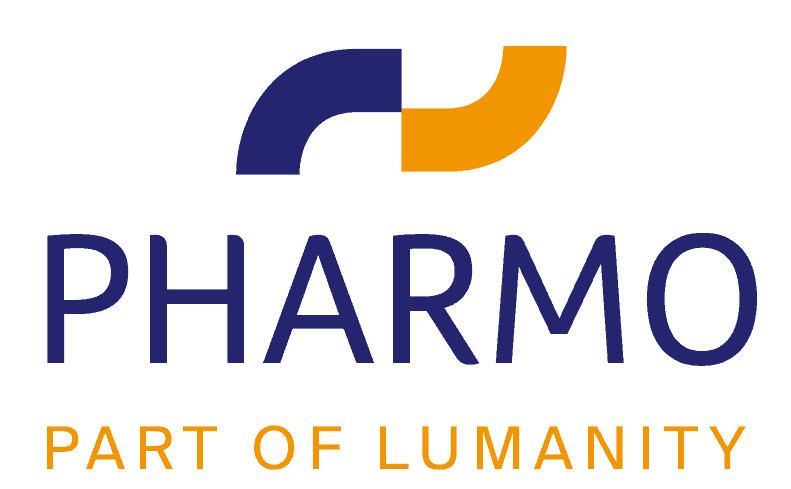BACKGROUND AND PURPOSE: Vascular endothelium, which can be affected by statins, is believed to play a substantial role in subarachnoid hemorrhage (SAH). Our objective was to estimate the association between use and withdrawal of statins and the risof SAH. METHODS: We conducted a population-based case-control study within the PHARMO database. A case was defined as a person hospitalized for SAH (ICD-9-CM code 430) in the period January 1, 1998 to December 31, 2006. Ten randomly chosen controls werematched to each case on age, gender, and calendar date. RESULTS: During the study period 1004 incident cases of SAH were identified. Current use of statins did not significantly decrease the risk of SAH (OR=0.77, 95% CI 0.55 to 1.07). The odds ratio forrecent withdrawal compared to nonusers was 1.62 (95% CI 0.96 to 2.73). Compared to current use, recent withdrawal was associated with an increased risk of SAH (OR=2.34, 95% CI 1.35 to 4.05). Interaction analysis showed that the effect of statin withdrawal was highest in patients who had also recently stopped antihypertensive drugs (OR=6.77, 95% CI 2.10 to 21.8). CONCLUSIONS: Current use of statins seems to lower the risk of SAH, although the reduction was not significant in new users. Statin withdrawalincreased the risk of SAH by a factor 2, even more in patients who had also recently stopped their antihypertensive treatment.
To provide the best experiences, we use technologies like cookies to store and/or access device information. Consenting to these technologies will allow us to process data such as browsing behavior or unique IDs on this site. Not consenting or withdrawing consent, may adversely affect certain features and functions.
Functional Always active
The technical storage or access is strictly necessary for the legitimate purpose of enabling the use of a specific service explicitly requested by the subscriber or user, or for the sole purpose of carrying out the transmission of a communication over an electronic communications network.
Preferences
The technical storage or access is necessary for the legitimate purpose of storing preferences that are not requested by the subscriber or user.
Statistics
The technical storage or access that is used exclusively for statistical purposes.
The technical storage or access that is used exclusively for anonymous statistical purposes. Without a subpoena, voluntary compliance on the part of your Internet Service Provider, or additional records from a third party, information stored or retrieved for this purpose alone cannot usually be used to identify you.
Marketing
The technical storage or access is required to create user profiles to send advertising, or to track the user on a website or across several websites for similar marketing purposes.
